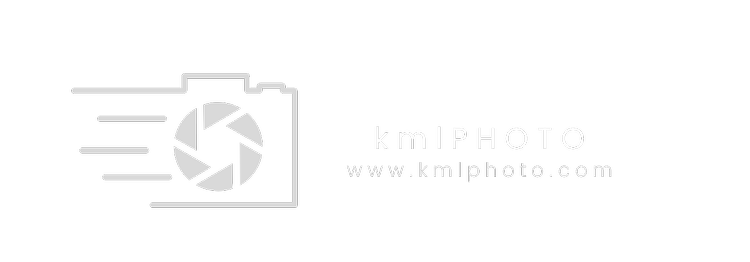The year was 1977. I was just starting my freshman year of high school. I had no idea I was about to try my first gateway drug. I know, not a huge surprise to hear of a fourteen-year-old taking his first drag? What may surprise you is that I can't even tell you what pot smells like. The drug I am talking about is photography.
In 1977, my only exposure to travel photography was hearing stories about the pictures my father would show me from his time in the Air Force just after the end of WWII. They were black and white images taken from inside cargo aircraft or from around airbases. Maybe that is what started me down the path of pursuing my lifelong passion for travel photography.
That summer, my older sister was kind enough to take me on our second trip to Orlando. We did all the Orlando stuff; we saw the mouse, the whale, and Kennedy Space Center. We even saw the launch of Voyager II, and I captured it all with my new 110 Instamatic zoom. I had no clue at the time that the tiny negative size and the plastic lens and fixed exposure would all make for some pretty uninspiring images. All I knew is that when the pictures came back from the processor, I was a bit disappointed. I knew I had to do better.
That's when I started learning about SLRs. Not DSLRs, but regular 35MM film single-lens reflex cameras. I didn't know about Adorama or B&H back then, so I went to my local catalog store and bought a Kalimar 35MM manual camera. It's been forty years, but I can still remember a fair amount about the camera. It was made in Russia, had a fantastic lens, and the light meter was on the camera's top deck, so you could not set the exposure while looking through the viewfinder. Unfortunately, I took it back to the store. I got a Vivitar because I became convinced that the light meter on the camera's top meant I had a cheap camera. Silly decision as it would take 30 years for me to find a lens that had the sharpness of that Kalimar.
Kyle in 1977
Ah yes, back to the addiction. I am sure you have guessed it by now. G.A.S. - Gear Acquisition Syndrome. In those first 5 years of my lifelong love of photography, I think I bought 5 cameras. I did not need any of them except the first Kalimar. Don't get me wrong, I was also learning everything I could about composition, depth of field, and creative use of shutter speed. I was hanging out with fellow creatives in HS and shooting a lot. Mostly B&W because that was cheaper, and I could process both the negatives and prints myself. I sent away for tanks, enlargers, darkroom lights, and a timer, as well as all the paper and chemicals I needed to get started. I still have the prints I made from some of my earlier photography.
Kyle and his Dad in Washington DC 1978
It felt like every time I got into another genre of photography, I had to get more gear. How to break the cycle? Fast forward to today. I am getting ready to enter my sixties. I am prepared to leave behind the corporate world to finally pursue my lifelong dream of making photography my full-time job. I have to ask myself - What one thing could I have done to improve the body of work that I have now and in the future? The irrefutable answer is that I should have taken some of the money I spent on stuff and used it for experiences instead.
Suppose I had traveled more or taken more workshops or hired more models, or rented out fabulous shooting locations. Would I have a better portfolio? I think so!
Skyline Arch - Arches NP Utah in 1983
So that's my advice for anyone who suffers from G.A.S. If you have a $5,000 budget for photography, buy a $1,500 camera and spend the remaining $3,500 on travel or workshops. After all, what good is a 50-megapixel mirrorless if all you can afford to do is take pictures of your cat? Buy one brand, in my case, my final brand is Sony, and stick with it, slowly building up your collection of lenses. If you can't afford a particular focal length lens, find a friend with the same manufacturer with different lenses than you and take turns swapping.
Skyline Arch - Arches NP in Utah 2017
Finally, if you can't afford to go to an exotic or dream location, spend your spare time driving around your hometown or area. Wherever you can comfortably drive to and arrive ready to shoot in good light. This could be sunrise, sunset, or just after a storm. The idea is to stop watching gear review videos and actually use the camera you have. You will be amazed at the images you make and the memories you will collect.
Going to take my advice? If so, post your pix to Instagram and hashtag #kmlPhotogas. I want to see what you came up with!




